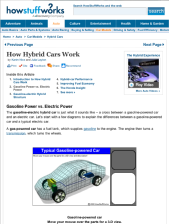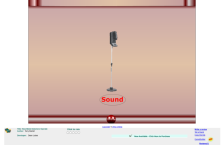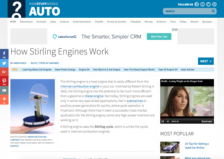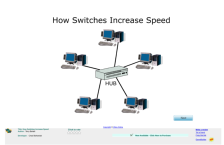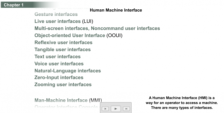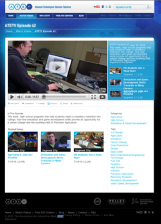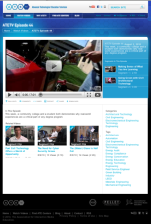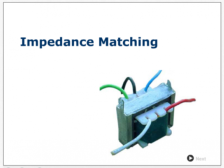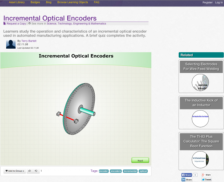Browse Resources
Application -- Flash
Resources |
|---|
Hybrid cars and other vehicles have been around for many years. This site treats the reader to information concerning a variety of different forms of alternative energy vehicles including the gasoline-electric hybrid car, diesel-electric hybrids and the differences between the series and parallel...
This interactive presentation, created by Terry Bartelt and hosted by the Electromechanical Digital Library, provides an explanation of how a metal detector functions. Most people take for granted this common piece of equipment, but the science behind its function is actually quite remarkable....
This article written by Karim Nice explains what a Stirling engine is and how it works. "The Stirling engine is a heat engine that is vastly different from the internal-combustion engine in your car. A Stirling engine uses the Stirling cycle, which is unlike the cycles used in internal-combustion...
This brief interactive activity, by the Electromechanical Digital Library and Wisconsin Technical College System faculty, explains clearly the reasons to use switches in place of hubs when using an LAN. The animations and corresponding explanations are helpful as the user clicks through each slide...
This resource, presented by the Maricopa Advanced Technology Education Center (MATEC), is an animation that serves as an introduction to Human Machine Interfaces. According to the animation, a Human Machine Interface is "a way for an operator to access a machine." Types of Human Machine Interfaces...
The ATETV project delivers web-based videos to connect students to careers in advanced technology. This episode of ATETV focuses on high school programs that help students make a seamless transition into college, how new simulation and game development skills provide an opportunity for a career...
The ATETV project delivers web-based videos to connect students to careers in advanced technology. This episode of ATETV focuses on just how much input community colleges receive from industry. The first part of the video, Making Sense of What You Are Learning, looks at electrical engineering...
This web-based learning object, created by Terry Bartelt of the Wisconsin Online Resource Center, teaches impedance matching. "Learners examine the impedance matching capability of a transformer and how to select the proper turns ratio to achieve this function. A brief quiz completes the activity."
Terry L.M. Bartelt of the Wisconsin Online Resource Center provides this interactive study of the operation and characteristics of an incremental optical encoder used in automated manufacturing applications. A brief quiz completes the activity.
Refraction is an important behavior of light that can be used to explain the operation of lenses, prisms, and optical fiber, as well as natural phenomena such as rainbows and mirages. The index of refraction, or refractive index, is defined as the ratio of the speed of light in a vacuum to the speed...
|
| ← PreviousNext → |
